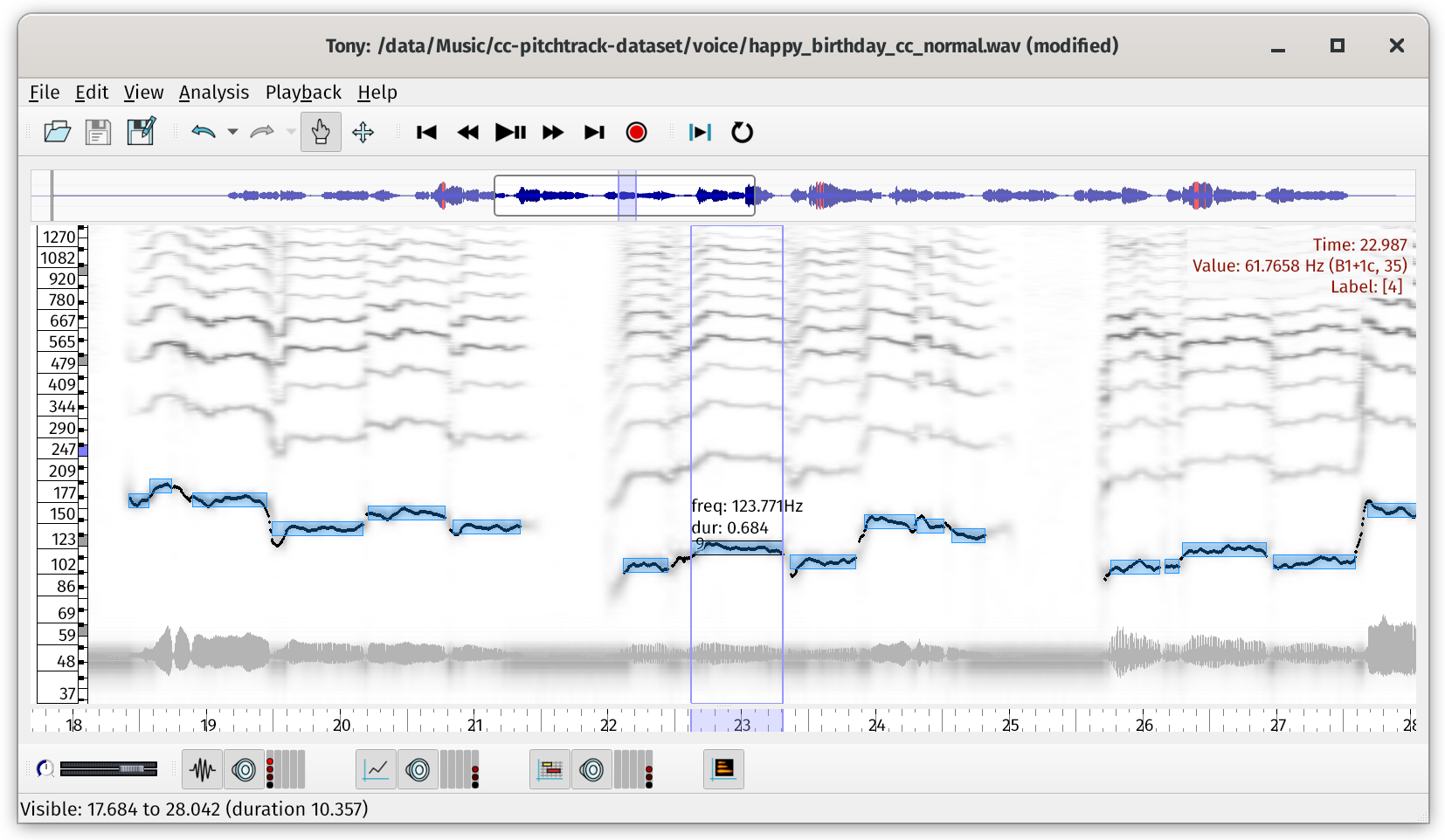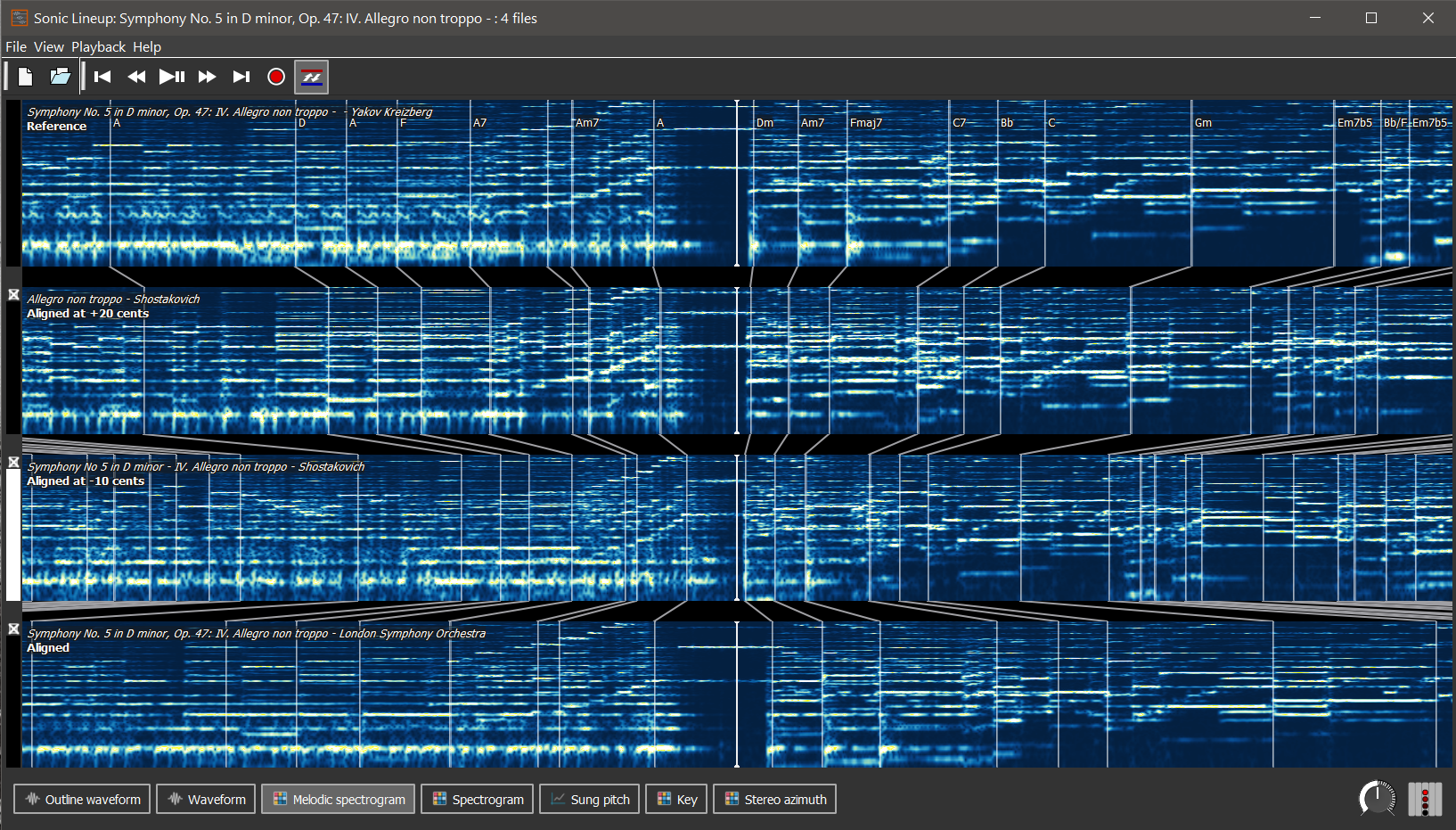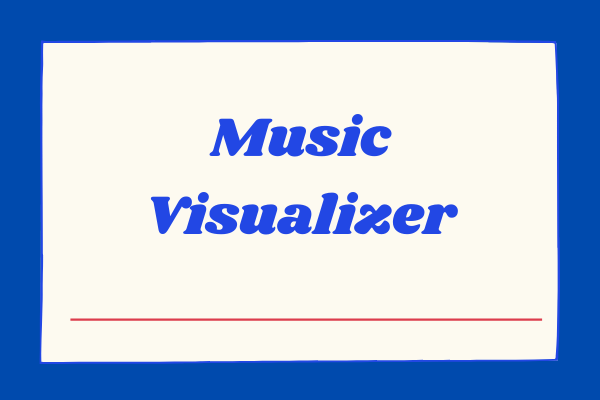
So temping it out in piano gives me more flexibility by simply not having as much to worry about changing as changes are guaranteed to come. Changes to how things are structured and where things are against picture most assuredly will change. If I’m working on a project that does have video, then I can easily move the piano around and change just this one instrument rather than trying to fix a whole orchestra of MIDI all in one go. I can leave that until later when I have the time to fully realize the orchestration I’m hearing in my head. If I am working on a project that doesn’t have pictures, this lets me more quickly compose without the need to fully orchestrate things out. Starting by temping with a piano has two benefits. Once the template has generated my new session, I will import whatever video/picture I am working against (if any) and start temping out on piano and finding a flow to whatever I am working on. This template frees me from needing to worry about a lot of both tedious and complicated setups that I would otherwise need to recreate perfectly every time. This is of course not unique to Pro Tools, but I find it integral to creating quickly and efficiently in Pro Tools (or any DAW for that matter).

When starting a composition project, I start with my template. Here though, I’d like to share some of the techniques and tips I have “discovered” when working in Pro Tools for MIDI orchestration, and some big benefits of working in Pro Tools that you may not be able to have in other DAWs. The workflow of MIDI inside Cubase is much simpler to use. I have used Cubase in the past, and this is certainly one of the biggest things I miss from my days using Cubase. The reason for this is because most composers who have graciously shared their time in creating content work in either Steinberg’s Cubase or Apple’s Logic Pro, both of which I will admit seem to be far more ergonomic than Pro Tools, is at this specific task of MIDI/DAW composition/orchestration. What is lacking though is how to do this more effectively in Pro Tools. There is a lot of information out there on MIDI composition and orchestration on topics from the technical minutia of writing CC automation more effectively to broader scopes on general techniques and approaches to scoring in a DAW. It includes a detailed look at his own template, and why he thinks you should build your own template.


Composing in Pro Tools, what is it like? In this article, composer Walter Everton, shares some of his tips and tricks he has found out the hard way.


 0 kommentar(er)
0 kommentar(er)
